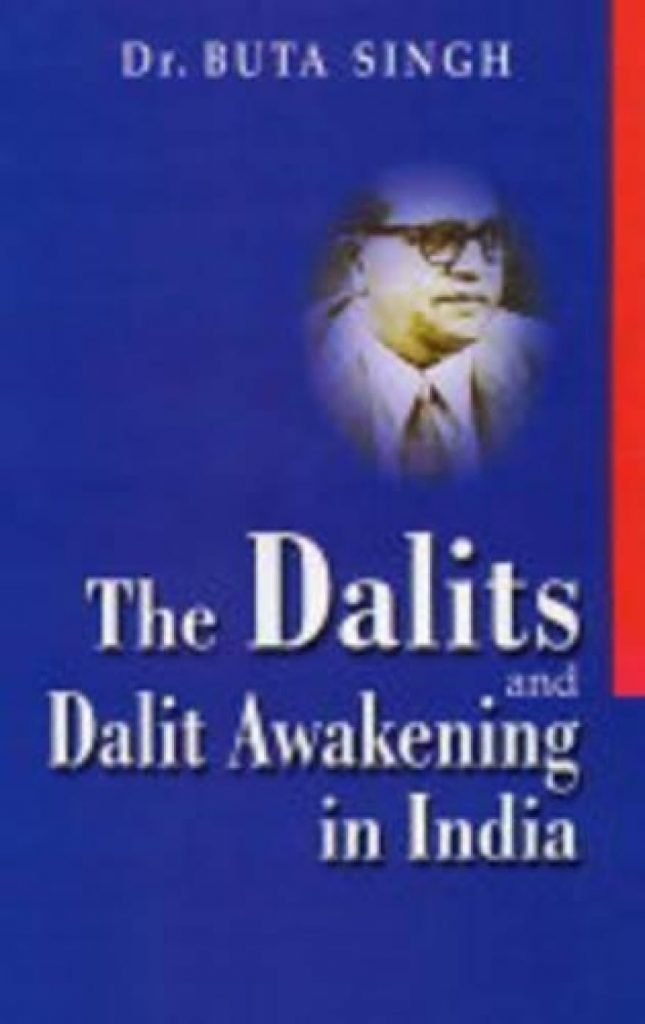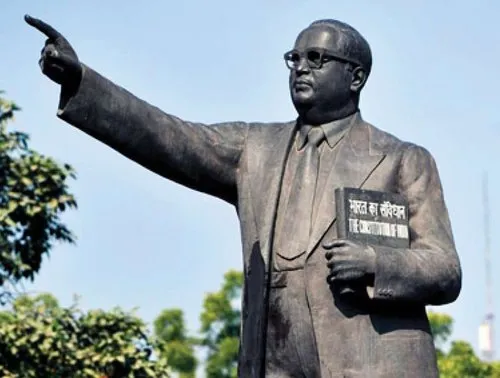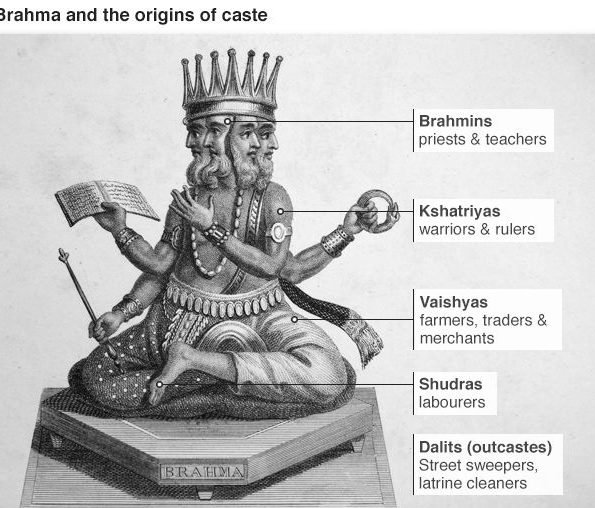
The Dalits had been the victims of our society which diminished their socio- economic status since centuries. They had to remain at the beck and call of the upper class which was devoid of their upliftment. Indeed the results were appalling and there appeared no hope with a tinge of brightness on their morose facial expression.
The author has weaved the theme on The Dalits and Dalit Awakening in India in twelve chapters in a comprehensive way.
He has meticulously given details on origin of caste and caste system in India, origin of the Brahmins, social status of Women, Caste as a social group, Buddhism: a revolt against caste system, the age of foreign invasions, the untouchables of Medieval India, impact of Islam, the impact of Bhakti Movement, history, tradition and the voice of revolt, the Bhakti Marga, devotion and its implications.
This work will be useful for social scientists, teachers, politicians and students in India and abroad.
Dr. Buta Singh, a well-known Parliamentarian, social worker, agriculturist and journalist, has a chequered career in active politics for the last five decades. He held several positions of eminence in the Central Ministries of Railways, Commerce. Shipping and Transport, Rehabilitation, Agriculture, Rural Development, Supply and Sports, Works and Housing and Home Affairs.
With a rural background, in the Punjab: he is doing most remarkable social work for the all-round upliftment of Dalits at numerous fora. Deeply interested in reading and writing, he has authored several books and articles having deep linkage with socio- economic aspects of Indian society. At present, he is Chairman, Public Accounts Committee.
Preface
Since the days of yore, the Dalits, very often despised as untouchables, had been suffering socially, culturally and economically. In fact our orthodox society always segregated them from the

urban dwellings and existing norms and allotted menial works to them. It is thus evident that they were always at the beck and call of numerous societal functions. Their services could be commissioned for any kind of job even at an odd hour and it was not possible for them to refuse. Thus their social status remained pitiable throughout their life. They were just limping under the acute social pressure and their voice was stiffled without any consideration in their favour.
This pitiable condition of Dalits was seen and well-addressed by some eminent social and political philosophers like Mahatma Gandhi, Jagjivan Ram, B.R. Ambedkar and others and during their long career they have taken some ameliorative measures in order to raise their social status. Such measures include the launching of a long-drawn movement, reservation for jobs, constitutional safeguards, conversions, health and hygiene, inter-caste relations and entry into religious places.
In Adigranth, the verses of Guru Nanak Dev, Kabir and Ravidas are enshrined in connection with the low status of Dalits in our society. They have sincerely questioned their pitiable condition. Indeed Guru Nanak Dev is by the side of the lowest among the low caste. He ardently appeals to the Lord to cherish His grace on the poor. Sant Ravi Das talks of ‘my city’ where suffering and sorrow do not abide in it. He calls all fellow citizens as his loving friends. Similarly Sant Kabir showed a sense of unhappiness to differentiate between a Brahman and a low caste person. He elaborates his views thus: “If thou dost claim to be Brahmin by birth from a Brahmin woman… How are you Brahmin and we Surdas?”
As a student of political science and having some knowledge about socio-economic status of Dalits, I understand that this research work has been painstakingly undertaken following a toilsome job, with
scholarly responsibility which have spread over a span of several years. It is evident that some kind of headway is a glaring phenomenon in this direction. There had been lot of opposition and criticism, mixed with non-violent satyagraha, which had to face difficult situations during all these years. However sincere efforts remained as the ongoing process with the hope that favourable dividends would touch their laps.
The theme has been weaved into ten Chapters having deep thrust on Dalits’ status in ancient, medieval and modern India. The text deals with society and caste system in India, origin of Brahmins, social status of women, caste as the social group, profile of Buddha and Buddhism as a revolt against caste system, the age of foreign invasions, social structure of society in Medieval India, impact of Islam, Sikh ethics, Nath Panth and Nath Yogis, the Bhakti Movement as the voice of revolt, devotion and its implications and Raj Yoga and Gita and their effectiveness and perfection. Thus the theme elaborates a continued process of the alleviation of socio-economic status of the Dalits whose problems were magnified in regular writings, public meetings and legislative forum by those who always showed much concern for them.
Besides the theme depicts a survey of caste as a social group, religious influences, caste in the processes of evolution, primitive and foreign elements in Bombay castes and some typical castes like Vanis, Marathas, Lingayats and Kolis.
Thus it is evident that this comprehensive work is aimed at satisfying the academic urge of social scientists, politicians, parliamentarians, sociologists, anthropologists, planners, bureaucrats, teachers and students in India and abroad.
The next phase of untouchables has deep links with medieval India which depicts the exploits of Muhammad-bin-Qasim, Mahmud of Ghazni, Mohammad Ghori, accounts of Albiruni, Qutb-ud-din Aibak, Khilji dynasty, Muhammad Tughlaq and Firoz Tughlaq, the empire of Vijayanagar, Taimur, Lodi dynasty, advent of Mughal rule on Indian soil, viz., Babur, Humayun, Akbar and their successors.
The Bhakti movement has been considered as a strong voice of revolt. The tremendous contribution based upon the development and welfare of Dalits by Guru Nanak Dev, Guru Teg Bahadur, Guru Gobind Singh, Sant Kabir, Sant Ravi Das and others is highly commendable. Their theistic devotion had revolutionary effect on the functioning of Indian society.
In the end I must acknowledge the eminent scholars and their writings which have been used to fill up the relevant gaps in this volume. I appreciate their scholarship with the hope that their deep learning would be widely appreciated among the employees of the academic nurseries and institutions of higher learning.

